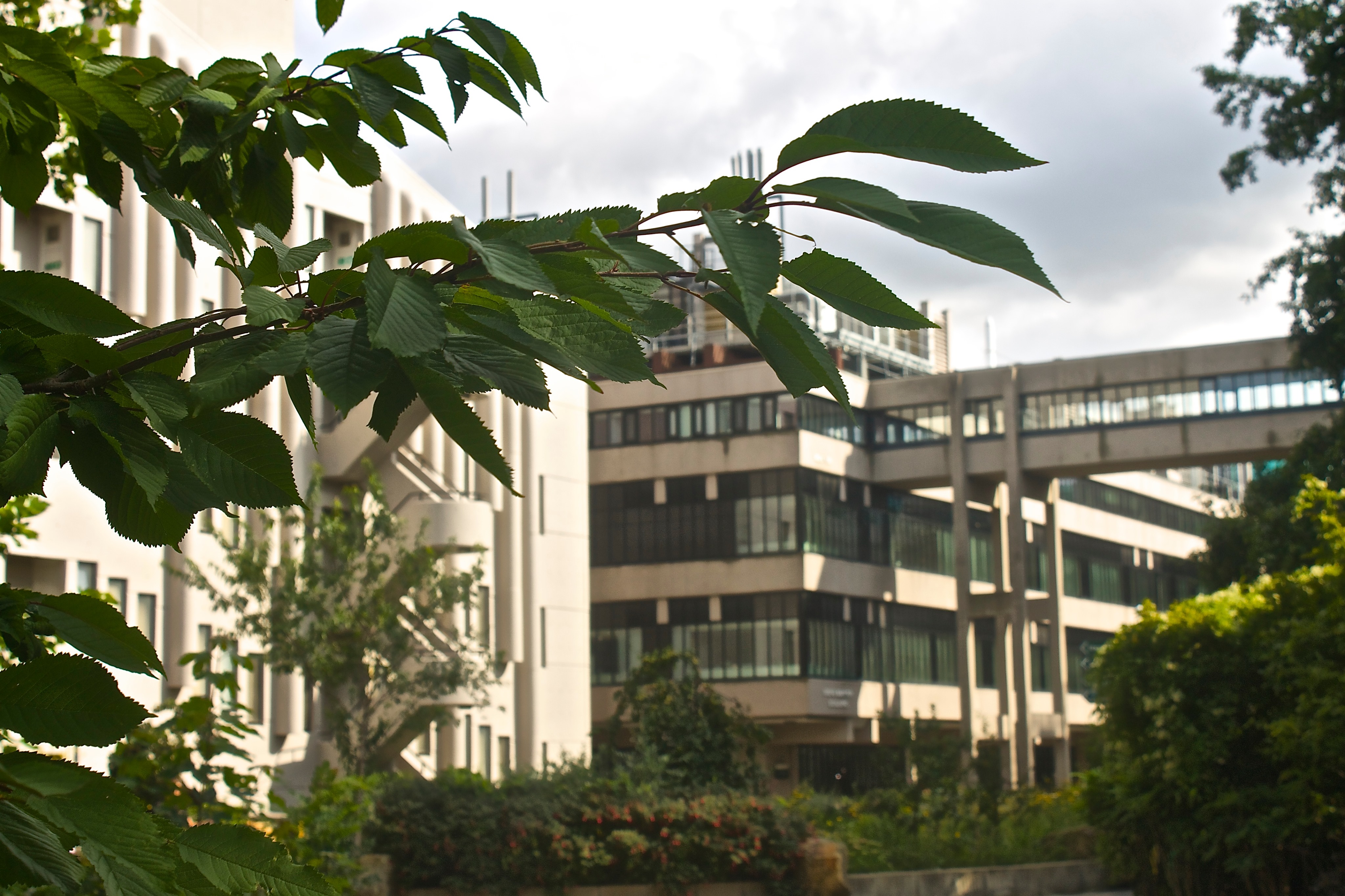The University of Leeds campus is loved by many for its green spaces and picturesque nature spots, but a recent report published by the Leeds Ecosystem, Atmosphere and Forest (LEAF) Centre, has shown that these trees have benefits that extend beyond pretty scenery.
The report has found that trees planted around the campus remove around 350kg of air pollution from the city centre each year.
Researchers have estimated from data collected throughout 2017 and 2018 that there are 1,400 trees growing all over the campus grounds. So far in their lives they have taken in and stored around 540 tonnes of carbon – that is almost 2,000 tonnes of carbon dioxide. This is the equivalent of the carbon footprint of around 180 UK citizens.

Being one of the top ten cities in Europe for air pollution-related deaths, Leeds is the third worst-polluted city in the UK for pollution. However, these trees are thought to annually remove the harmful gases of around one million cars. This also means that there is roughly one tree for every three hundred people in Leeds on the University campus alone, or one tree for every 34 people working and studying on campus.
The report by LEAF also states that
“Trees can help to mitigate the impacts of air pollution by absorbing pollution through the stomata in their leaves and by particles being deposited on the surface of the leaf and bark.”
“High levels of nitrogen dioxide (NO2 ) pollution resulted in the UK Government mandating that a Clean Air Zone should be introduced in Leeds.”
It was found that the majority of these trees are planted in St George’s Field at the back of the campus, though there is a large spread of trees planted throughout the campus grounds which also contribute positively to the removal of air pollution in Leeds.

Cat Scott, director of the LEAF centre, said that “We wanted to show that the trees on campus are doing more than just making the place look nice. Trees are playing an active role in improving our environment and it was important to us that the report demonstrated their important role.”
Cat, along with the United Bank of Carbon Tree Officer, Anna Gugan, and United Bank of Carbon Research Assistant, Hazel Mooney, are confident that the University’s efforts to tackle pollution in light of the current climate emergency will get stronger:
“With the momentum behind the climate strikes and Extinction Rebellion movement, there is clearly a great appetite for action from the students, and there are opportunities for us to listen to this and act as a university.”
The LEAF research centre is located at the University of Leeds, aiming to establish the University as a leading national centre in forest research by ensuring that all research has a beneficial impact on the world’s forests and communities.

They hold regular workshops, such as guided campus walks, that are free to attend and provide the opportunity to learn about different aspects of nature- from trees to plant species. “We found it interesting just how many people have said that reading about the benefits of the campus trees made them pay more attention to them”, Cat says. “We hope that by involving volunteers in our work, the more people will learn and share their knowledge, to raise awareness of the important role trees can play.”
They also host regular volunteer days where you can get directly involved in caring for the environment. If this is something you are interested in, you can find information about all events, and the work of the organisation at: https://leaf.leeds.ac.uk/ and also on twitter: @Leeds_LEAF.
Photography: Ed Barnes, Editor-In-Chief.

